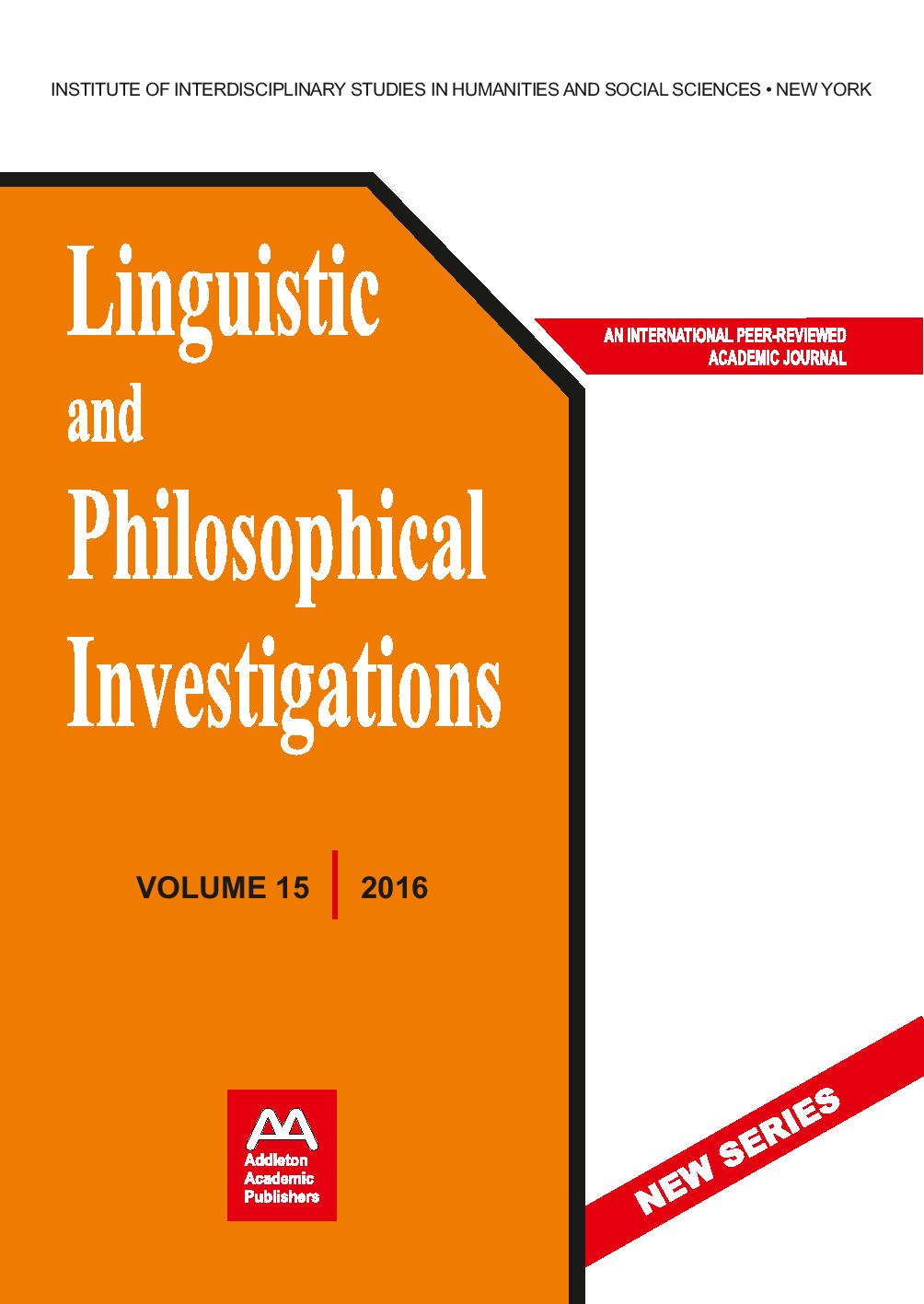A PRAGMATIC SOLUTION TO
THE PROBLEM OF CATEGORY CROSSING METAPHORS
A PRAGMATIC SOLUTION TO
THE PROBLEM OF CATEGORY CROSSING METAPHORS
Author(s): MICHAEL SCOTT, GRAHAM STEVENSSubject(s): Social Sciences
Published by: Addleton Academic Publishers
Keywords: metaphor; pragmatics; philosophy of language; contextualism
Summary/Abstract: A promising recent explanation of metaphorical language has come from pragmatics. Metaphor, and other departures from literal meaning, are all to be explained by the same set of pragmatic processes, namely narrowing, loosening, saturation, and sense-selection according to this explanation. However, the problem of emergent or category crossing metaphors arises when metaphors combine elements that cannot be meaningfully combined if construed literally. This sort of metaphor proves extremely hard to explain by appeal to the above mechanisms, leading many proponents of this analysis to seek explanations by appeal to additional mechanisms, some of which may be unique to metaphor interpretation, and thus susceptible to the charge that they are ad hoc. In this paper we first argue that these explanations are unsatisfactory, focusing in particular on what we take to be the most promising defense offered to date, Wilson and Carston (2008). We provide detailed arguments against their proposal. Secondly, we develop an account of category crossing metaphors that does not require the addition of any new processes beyond those listed above. We thus propose a novel, and complete, solution to the problem of category crossing metaphors which does not require any resources beyond those already recognized by mainstream theories of pragmatics. pp. 7–31
Journal: Linguistic and Philosophical Investigations
- Issue Year: 2016
- Issue No: 15
- Page Range: 7-31
- Page Count: 25
- Language: English
- Content File-PDF

